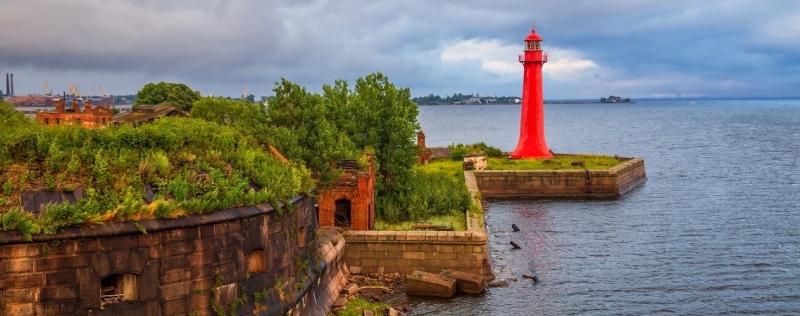
The history of Kronstadt is closely connected with the development of the Russian fleet. Until the mid-1990s, it was a military port city closed from the outside world. But today, special entry passes are a thing of the past, and you can come to Kronstadt without restrictions at any time along the automobile dam that connects it with St. Petersburg.
The former harsh military facility is transformed, filled with light and warmth. The city’s tourism potential is actively developing. The center of Kronstadt is protected by UNESCO, although the architectural attractions are a little lost against the backdrop of the main decoration – huge warships on the pier and forts scattered around Kotlin Island.
Most of the sights of Kronstadt are united by a maritime theme, which gives the walks a slightly romantic mood. One day is enough to explore them. And if you stay in the city for another day, you can go to distant sites – parks, bastions and nature reserves.
How to get there
From Moscow to St. Petersburg by train or plane. Then from the Staraya Derevnya metro station, about an hour by bus No. 101 or minibus No. K405 to Kronstadt. You can also get to the city in half an hour by water by boarding the Meteor near the Tuchkov Bridge or the Palace Bridge in St. Petersburg.
Where to stay
Three-star hotel “House at the Pier” in Lomonosov (rating 8.7) – from 4,800 rubles per night*.
Cottage “Skvorechniki” in Lisiy Nos – from 5,200 rubles per night*.
Admiral Lazarev’s estate (rating 9.5) in Kronstadt – from 5,400 rubles per night*.
What to see
Day 1: walking tour in the center
The clean and well-kept city center has retained the military bearing of its austere streets, even despite the numerous tourist cafes and souvenir shops. In some areas you can stroll among the orderly rows of two-story merchant and noble houses, in others you can get into the Soviet atmosphere of courtyards between military barracks.
Anchor area
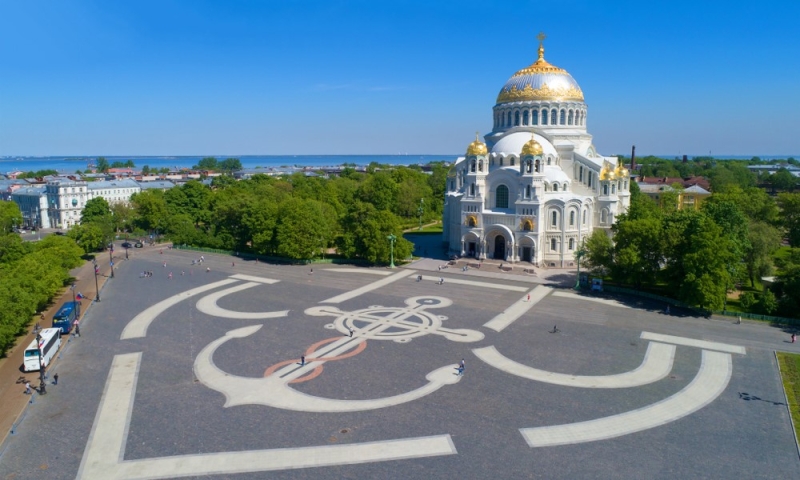
Traditionally, city guests begin their walk from Yakornaya Square, which is conveniently accessed from the spectacular Makarovsky Bridge. Free parking can be found nearby. Already here, in the park, you can feel the humid sea air and constant wind. So even in warm weather it is better to take a scarf with you for a walk.
The architectural dominant of Yakornaya Square is the grandiose St. Nicholas Naval Cathedral. The multi-tiered elegant structure with a large number of fancy arches fascinates with its beauty and solemnity. In clear weather, you can admire the reflection of the sun in the openwork gold of the domes for a long time. According to the architects, they, like lighthouses, were supposed to be visible to sailors from afar. The temple was built in the first decade of the 20th century. During the Soviet era, crosses were knocked down, domes were destroyed, and interiors were lost. Today, active restoration work is underway in the temple, and much has already been restored. The cathedral is definitely worth visiting from the inside to see large-scale contrasting paintings in white and burgundy tones, grandiose chandeliers, as well as interesting references to the maritime theme in the design. For example, a mosaic squid on the floor. From the bell tower of the cathedral, a huge anchor laid out in light tiles on the square is clearly visible.
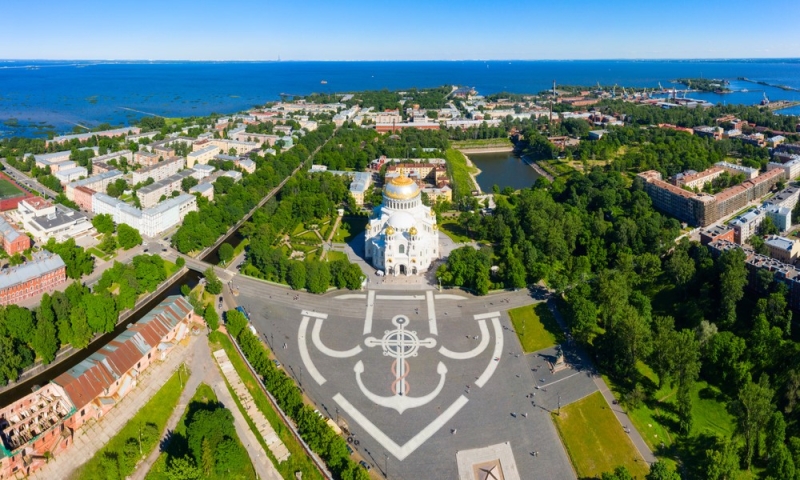
The ensemble of Anchor Square is also complemented by several important objects for the history of the city: a sculpture of Admiral Fyodor Ushakov, canonized in front of the entrance to the temple, an eternal flame in memory of the fallen revolutionaries and a monument to Vice Admiral S. O. Makarov, Russian polar explorer and oceanographer, head of the Kronstadt port. Young sailors take the oath near this monument. Also on the square you can see an interesting fragment of the pavement, assembled from cast iron blocks. This coating was brought to Russia from America in the 19th century by marine engineer Alexander Sokolov. In Kronstadt this decision was considered very practical and many streets were paved in this way. However, during the Great Patriotic War, the checkers were melted down for military shells, and only two fragments remained of the cast-iron pavements: the original one on Oktyabrskaya Street and the restored one on Yakornaya Square.
Monument to the Baltic Submariners
Then the walking route turns towards the Gulf of Finland. However, if you have time, make a short detour and move north from St. Nicholas Cathedral to see the monument to the Baltic submariners. It uses fragments of the wheelhouse of a real submarine. The memorial immortalized the feat of the military sailors who fought in Kronstadt during the siege of Leningrad.
Museum-apartment of John of Kronstadt
A 15-minute walk to the west of the memorial, at the intersection of Andreevskaya and Posadskaya streets, there is an apartment in which archpriest and preacher John of Kronstadt lived in the first half of the 20th century. This clergyman was dearly loved by the people, and in the 1990s he was canonized. Therefore, today pilgrims from different regions of Russia come to his house. For non-believers, the location is of little interest and can be skipped.
Bypass Canal and Admiralty
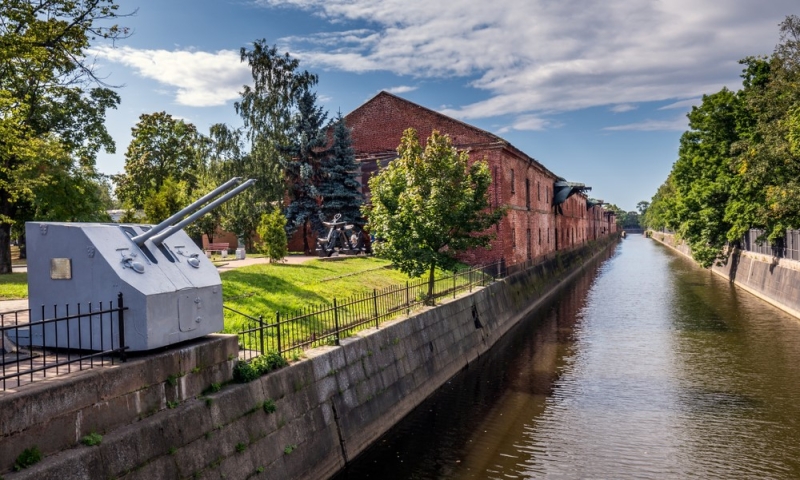
We return to the active tourist area, moving along Karl Marx Street towards the Obvodny Canal. Here you can get beautiful photos against the backdrop of water and red stone walls. The dilapidated buildings of the Admiralty, surrounded by greenery, look especially picturesque. Empress Catherine II planned to transfer the Admiralty from St. Petersburg to Kronstadt and even entrusted the construction of the complex to the famous architect Vasily Bazhenov. However, Paul I abandoned this idea. By the way, you can get inside the Admiralty from Anchor Square. In the restored part there is the Patriot Park, which features exhibitions dedicated to maritime affairs.
Blue Bridge
The Blue Bridge spans the Obvodny Canal, next to which there are three attractions. To examine one of the world’s oldest footing rods – a cast iron ruler with divisions for determining water levels and absolute heights – you need to go down the stairs under the bridge. The plank is fixed to a support. Nearby, in a small round pavilion with a spire, there is a tide gauge – a device that automatically records changes in sea level. From these Kronstadt instruments the Baltic altitude system is measured, which is still used throughout Russia today. If you lean over the parapet of the Blue Bridge and look down, you can see a sculpture of three goldfish-sticklebacks. The spiny fish is considered inedible, but it was the fish that saved the inhabitants of Leningrad from starvation during the siege.
Italian Pond
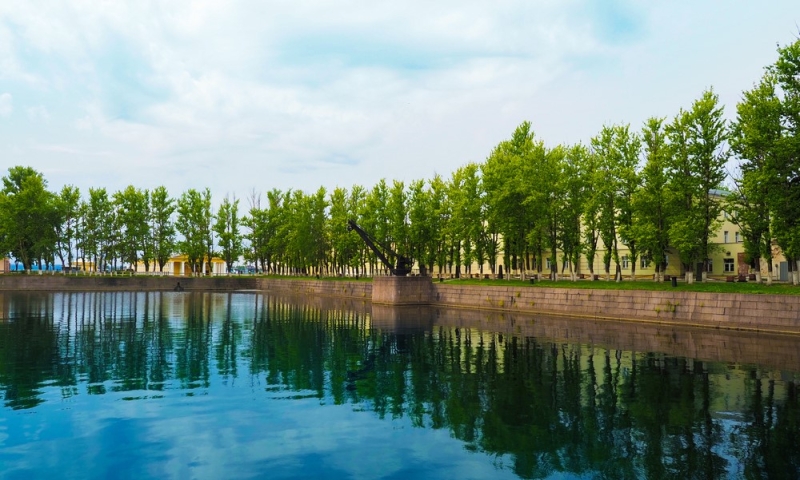
Behind the Blue Bridge there is a rectangular Italian pond. You can walk along its banks, examine the cannons and admire the classic Italian palace of the early 18th century. Since 1771, the building has been occupied by various educational institutions, for example, the cadet corps and the engineering school. Today, within its walls the Memorial Museum-Office of the inventor of radio A.S. Popov is open to the public. The scientist conducted the first tests of the new device in Kronstadt. On the other side of the pond, in the building of the Dutch Kitchen, there is a Model Museum of the Kronstadt Forts.
Petrovsky dock and pier with lighthouse
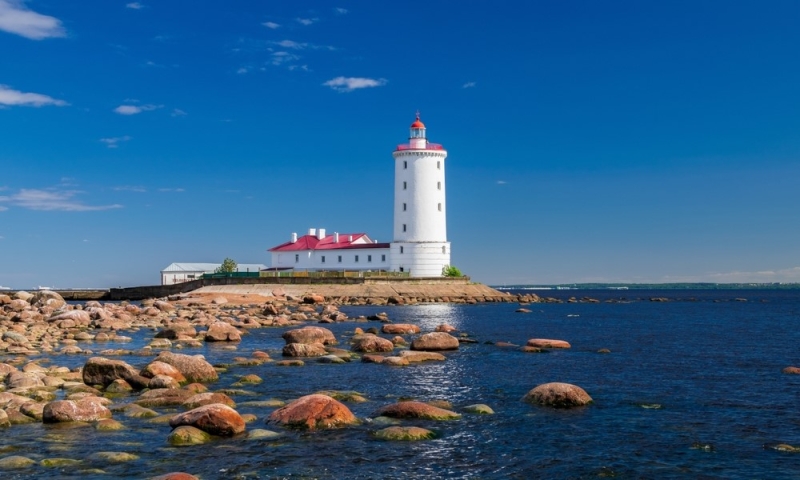
If you leave the Model Museum towards the Petrovsky Canal, and then turn your back to the sea, you can see the gates of the Petrovsky Dock – the first dry dock in Russia, built in 1752. However, the object itself is closed for inspection. On the pier opposite there is the Rear Gate Lighthouse of the Kronstadt Roadstead, which is visible 30 km from the coast. Old ships are also moored here, including the destroyer Bespokoiny, which has become a museum. The objects are located behind a fence, and to get closer you need to purchase a ticket. However, you still won’t be able to get on board the exhibits.
Petrovskaya pier and park
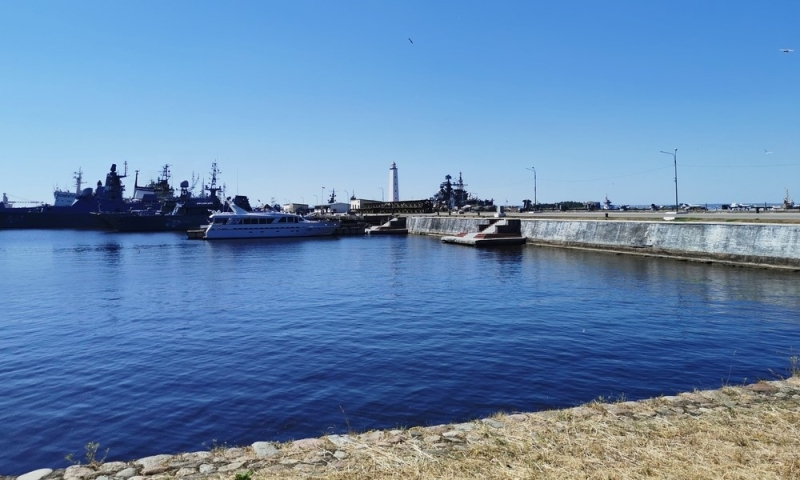
But from Petrovskaya Pier, one of the best observation platforms in the city, modern combat and research ships based in Srednyaya Harbor are clearly visible. Huge gray ships fascinate with their volume and complex engineering solutions. From the stone steps you can take classic photographs with postcard views of the main attractions of Kronstadt. It is especially interesting to visit this location in May on the birthday of the fleet and in July during the Main Naval Parade. You can get to the pier by walking through the cozy and neat Petrovsky Park, and then return through it to Petrovskaya Street.
Summer Garden and Museum “Underwater Archeology”
The walking route can be completed in two ways. If you are tired, it will be convenient to return to Anchor Square through the Summer Garden. Some of the alleys in it are laid along the first streets of the city that have not survived. And if you want to take another walk, you can make a short detour to explore the unusual Art Nouveau building of the Engine School of the Baltic Fleet and the “Underwater Archeology” exhibition in the branch of the Kronstadt History Museum, where artifacts recovered from sunken ships are exhibited.
Day 2: forts and parks
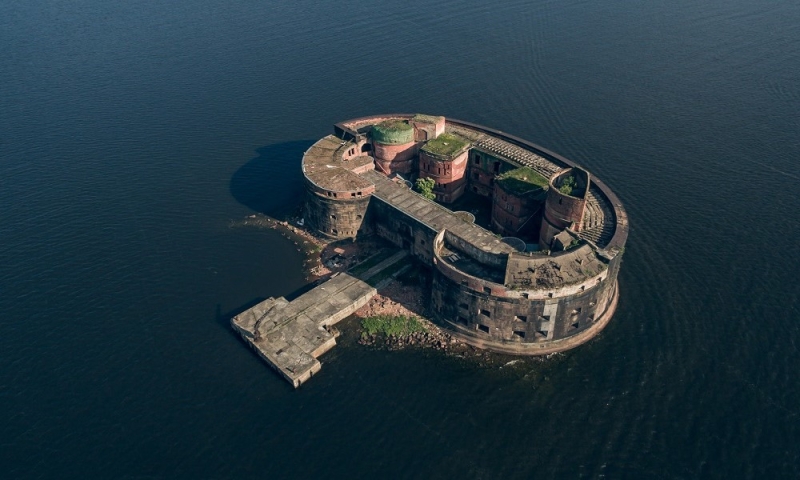
One day is enough for a walking city tour of small Kronstadt. And if you want to visit interesting places in the area on the second day, you will need a car.
Forts of Kronstadt
One of the main assets of Kronstadt is the numerous forts scattered both on the island of Kotlin itself and in the surrounding waters. To see ships, bastions and outbuildings from the water, you can go on a themed boat trip.Many forts are still in an abandoned state, but some have already begun to be restored. The most popular among tourists are the main citadel “Kronschlodt”, the textured bastion with round walls “Emperor Alexander I”, the ruined “Paul I”, as well as the “Reef” and “Grand Duke Constantine”, which can be reached by land. And if “Reef” will appeal more to lovers of abandoned buildings, then “Konstantin” will be of interest to the general public.
Fort “Constantine”
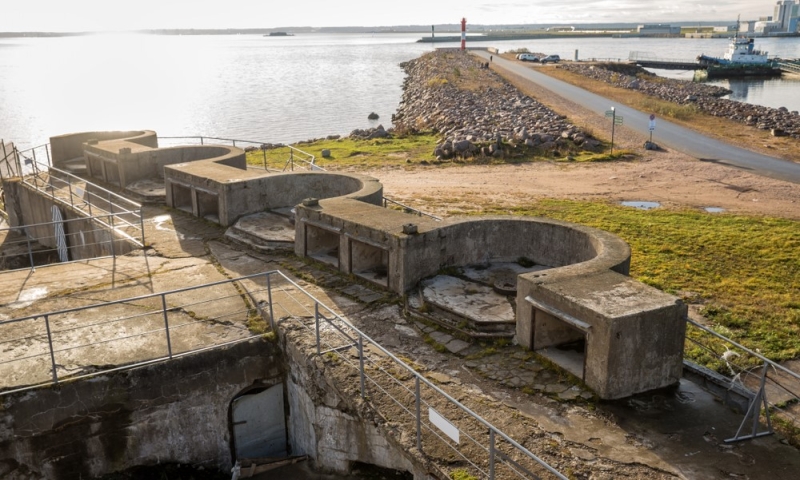
This fort can be reached by car. On the way there will be a checkpoint, which you can freely pass if you say that you are heading to the fortress. The territory of the citadel has not yet been fully restored, but a ticket will still be required to enter. Here you can wander around the fortifications, admire the sea from the high ramparts, and for a fee visit the activity park and look into the Lighthouse Museum.
Museum and Historical Park “Island of Forts”
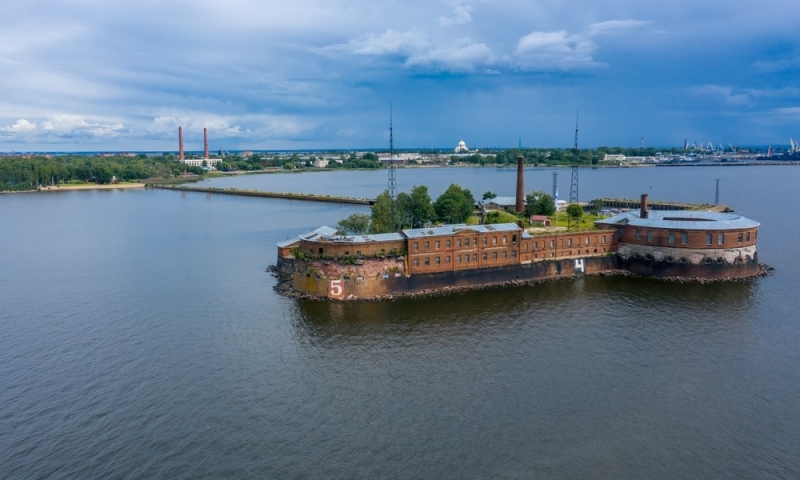
The most fashionable and modern public and cultural space in Kronstadt. It is divided into historical and thematic areas aimed at children and adults. Originally designed open-air exhibitions tell the story of the history of the navy. The territory has large children’s playgrounds decorated in a marine style, as well as places for quiet walks. The panoramic swing on the seashore can be called a tourist attraction. During the walk, you can visit the rock garden and have a snack in the food courts.
Zapadny Kotlin Nature Reserve
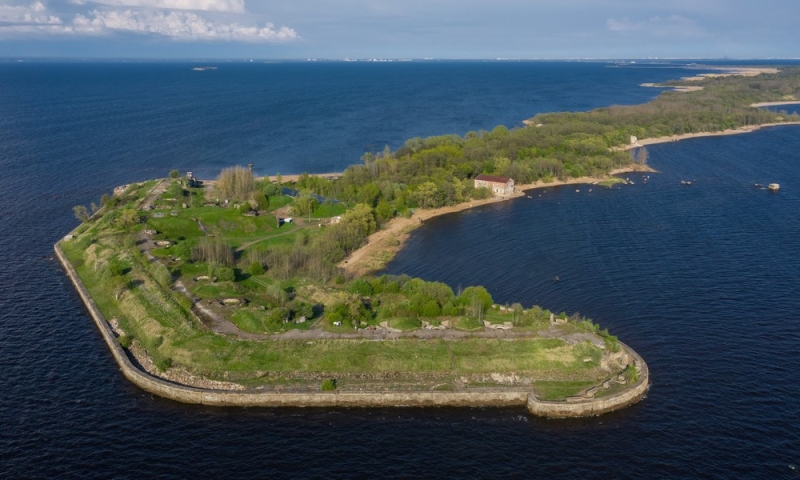
In the Western Kotlin nature reserve you can take a break from the bustle of the city and walk along equipped eco-trails, watching birds. On the territory of the reserve there are the ruins of Fort Shantz and Fort Reef, for which an additional fee is charged for entry.
*Prices are current at the time of publication.

